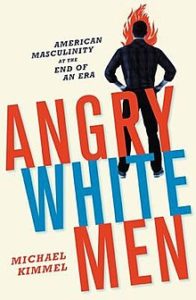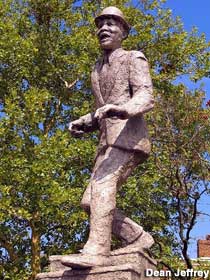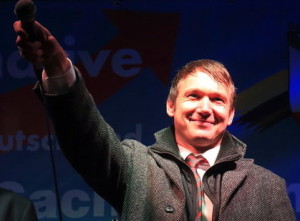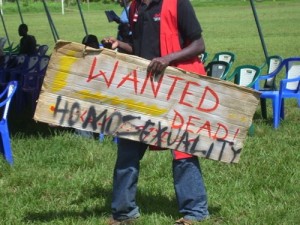 The cost of eggs is more important than the prospect of ending democracy, promoting xenophobia/misogyny, and destroying the planet. That, unfortunately, is the take-away from this year’s presidential election in the US, which returned Donald Trump to power. In exit interviews with voters, it was clear that pocketbook issues were one of main drivers behind how US Americans voted. Here are some examples:
The cost of eggs is more important than the prospect of ending democracy, promoting xenophobia/misogyny, and destroying the planet. That, unfortunately, is the take-away from this year’s presidential election in the US, which returned Donald Trump to power. In exit interviews with voters, it was clear that pocketbook issues were one of main drivers behind how US Americans voted. Here are some examples:
Inflation is a constant concern. “A dozen eggs used to be 99 cents. Now they’re, what? $2.38 with a coupon?”
“Look, I didn’t like Jan. 6 — and I don’t want it to happen again — but it didn’t affect my life nearly as much as the price of eggs, milk and gas.”
So, having to pay $1.50 more for a dozen eggs overrides other concerns, like the future of American democracy, human-accelerated climate change, or giving women control over their own bodies? To me this is a case of collective amnesia (did we forget Trump’s disastrous first term?), willful ignorance (facts simply ignored), and unimaginable narcissism. Do we care so much for our own short-term creature comforts that we are willing to sacrifice the health of our planet and the well-being of our citizens?
In my course on intercultural communication, one of the topics we discuss is the important signal that leaders in different areas/fields can send in reference to communicating and getting along with those different from us in appearance, lifestyle, language, etc.. Positive examples are those who reach out to underprivileged and under resourced people and communities. Then there is Donald Trump, who regularly demeans women, denigrates immigrants, mocks disabled individuals, and denies equal rights to LGPTQ+ and trans individuals.
The opinions Trump expresses have allowed messages of prejudice and hate to be openly expressed, views that were long considered beyond the pale. Unfortunately, that phenomenon has been enabled and accelerated by our current media landscape, dominated by online influencers who peddle conspiracy theories and outright lies. Joe Rogan’s podcasts, replete with misinformation and distortions, are viewed by many more people than mainstream media.
The irony of the situation is that it is quite likely that Trump’s policies (high tariffs, for example) will move the US towards greater inflation and paying even more for a dozen eggs.
















![Rachel Ahn, a Korean binge eater [NPR]](https://acrossculturesweb.com/wp/wp-content/uploads/2015/04/binge_eating-300x200.jpg)

